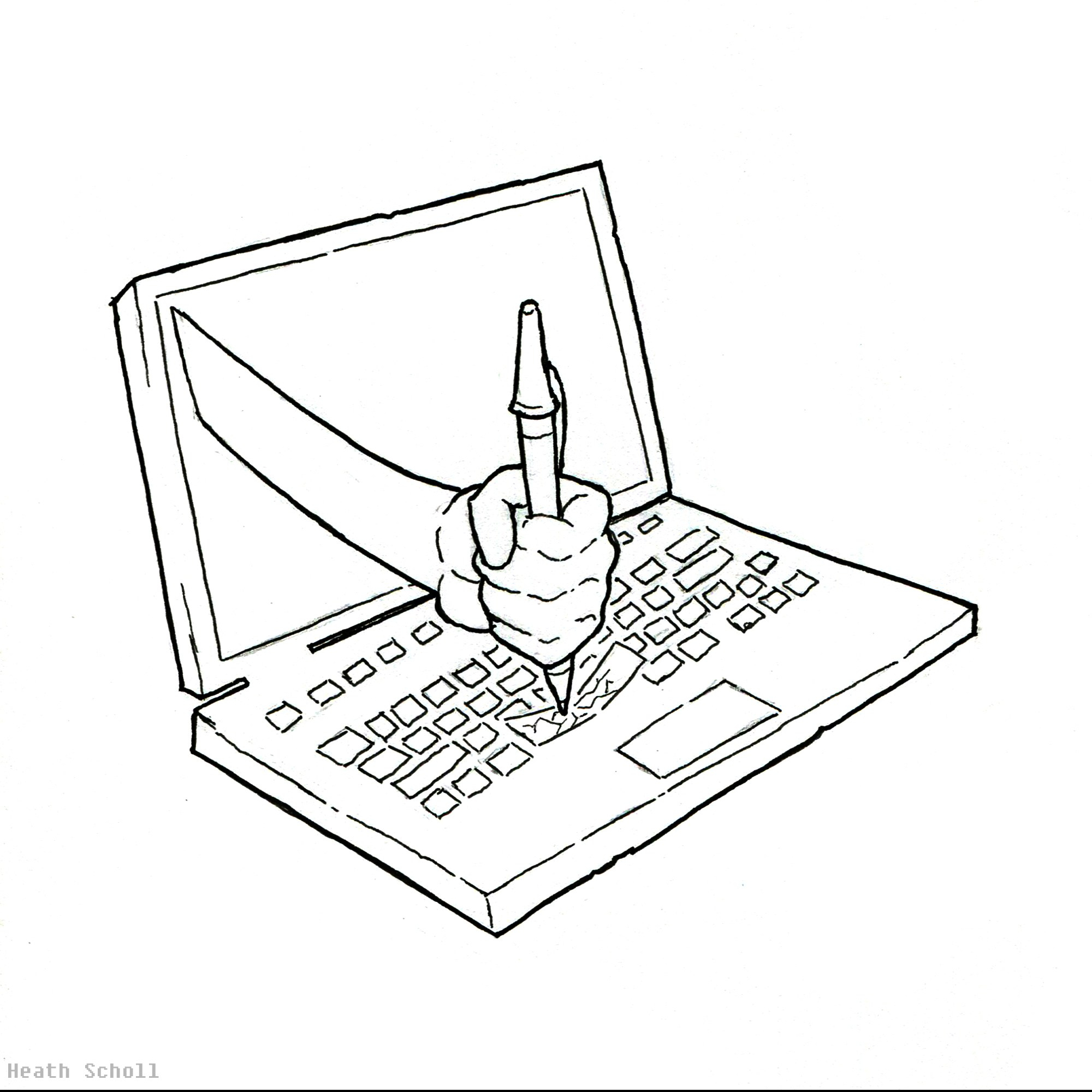It’s natural for someone with attention-deficit/hyperactivity disorder (ADHD) to feel ashamed of their condition. However, it’s not natural to try to hide the condition through ADHD masking.
Simply put, ADHD masking is when someone with ADHD presents themselves in a manner so as to appear as they don’t struggle with the condition. ¹
Sometimes, it’s referred to as “impression management” or “camouflaging.” Such terms came about when psychologist Russell Barkley noticed about one-third of people with ADHD attempt to mask their condition.
Throughout this article, we’re going to take a deeper look at ADHD masking, share some examples, and discuss what you can do to prevent it.
ADHD Masking Examples
Since people who attempt to mask ADHD are ultimately trying to hide their symptoms, this phenomenon makes its appearance in a number of behaviors.
More specifically, those attempting to mask ADHD are trying to hide the shame that appears with symptoms. For example, people with ADHD are likely to talk more. Therefore, someone masking ADHD may actively attempt to talk less so as not to appear out of place.
ADHD masking is a coping mechanism and how some handle their condition. ² With that, once masking becomes a habit, it can be difficult to manage on its own.
Here are some examples of ADHD masking:
- Being overly careful about what you say or remaining quiet in order to not talk too much and avoid interrupting others.
- Obsessively checking to make sure you don’t lose your personal belongings.
- Offering specific reactions in a group setting that you believe are expected, rather than reacting as you feel.
- Hiding the fact that you’re struggling with ADHD symptoms, appearing “fine.”
- Obsessive cleaning even when the work this takes may feel overwhelming.
- Trying to remain calm as a means of hiding hyperactivity (may cause you to have trouble focusing).
- Avoiding “time blindness” by always showing up to appointments or events early.
- Attempting to listen more closely so as not to miss what another person is saying.
- Excessive writing so as not to forget something due to memory issues caused by ADHD.
- Obsessive organization to ensure you don’t lose anything.
- Bottling up emotions without knowing why (this may lead to depression).
- Avoiding stress and anxiety-inducing situations (i.e. calling out sick).
- Experiencing irritability when you attempt to concentrate on things that don’t interest you.
- Overdoing things to prove to others that you are capable and reliable.
- Hiding negative emotions caused by responsibilities (i.e. shame or guilt).
- Masking your struggles in order to appear as though you’re in control.
- Suppressing stimming behaviors (i.e. leg bouncing) to avoid disturbing others.
- Mimicking other people in order to feel accepted in social situations.

Effects of ADHD Masking
As mentioned, masking is a way for people to cope with ADHD. Therefore, it may seem as a good trait to have by some individuals.
However, ADHD masking has a number of downsides that should be taken into consideration:
- Masking tends to allow ADHD to go undiagnosed, leaving people to continue struggling with symptoms when they could be receiving treatment. ³
- If masking goes untreated, it can lead to other mental health disorders, such as anxiety and depression, as similarly observed in people struggling with autism. ⁴ Furthermore, undiagnosed ADHD can lead to a substance abuse disorder. ⁵
- Some research suggests that people who mask autistic symptoms may struggle with their own identity. ⁶
Do females struggle with ADHD masking more?
Research from 2019 found that women are more likely than men to be diagnosed with ADHD. In turn, they’re also more likely to camouflage ADHD symptoms. ⁷
These effects tend to compound one another. When a person hides ADHD symptoms, they’re less likely to be diagnosed. Vice versa, without a proper diagnoses, a person is more likely to struggle with masking.
Some research suggests these gender differences may also have to do with other conditions existing alongside ADHD.
For example, men with ADHD are more likely to struggle with oppositional defiant disorder. This condition causes very outward behaviors – such as aggression – making masking more difficult.
On the other hand, women with ADHD are more likely to struggle with internalizing disorders, such as anxiety. In turn, they not only have a better chance at masking these symptoms, but may use masking in order to cope with both conditions. ⁸
How to Cope with ADHD Masking
If you’re aware that you’re masking ADHD, you’re already one step ahead of the problem. From here, you’ll want to:
- Identify which type of ADHD you struggle with and find the proper treatment for that type. Since ADHD can appear in different ways, there are a few paths to take based on the type of ADHD you’re struggling with.
- Learn how to cope with your emotions in other, more healthy behaviors. The best way to do this is through psychotherapy, where you’ll learn exactly how ADHD is impacting your life and develop proper coping mechanisms.
- Find a support system. It’s important to understand that you’re not alone in your struggle and there are a number of support groups (both online and in-person) for others struggling with ADHD.

Final Word
While ADHD masking may not appear harmful on the surface, it can have long-lasting negative impacts not initially considered. For this reason, if you do struggle with masking ADHD, it’s important to find help as soon as possible.
With psychotherapies, you can properly identify which ADHD symptoms you struggle with most. From there, you can develop healthier coping mechanisms.
Your Questions
Still have questions about ADHD masking?
We invite you to ask them in the comment’s section below. If you have any further knowledge to share – whether personal or professional – we’d also love to hear from you.
Reference Sources
¹ Taking Charge of Adult ADHD: Second Edition
² European Archives of Psychiatry and Clinical Neuroscience: Symptoms in individuals with adult-onset ADHD are masked during childhood
³ Journal of Postsecondary Education and Disability: A Descriptive Review of ADHD Coaching Research: Implications for College Students
⁴ Molecular Autism (MA): Is social camouflaging associated with anxiety and depression in autistic adults?
⁵ Frontiers in Psychiatry: Why the Diagnosis of Attention Deficit Hyperactivity Disorder Matters
⁶ Autism in Adulthood: “Masking Is Life”: Experiences of Masking in Autistic and Nonautistic Adults
⁷ Frontiers in Human Neuroscience: Gender Differences in Objective and Subjective Measures of ADHD Among Clinic-Referred Children
⁸ The Primary Care Companion for CNS Disorders: A Review of Attention-Deficit/Hyperactivity Disorder in Women and Girls: Uncovering This Hidden Diagnosis

